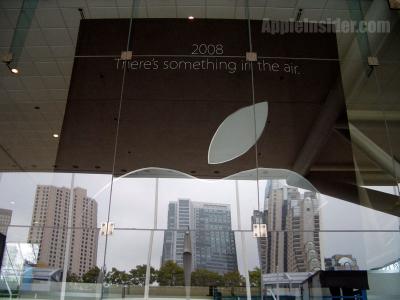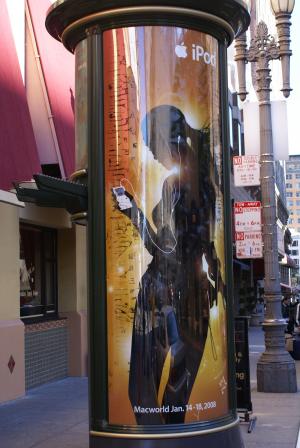Sun Microsystems will plunk down $1 billion to buy MySQL, the maker of a popular open-source database.
Sun said Wednesday that it will pay about $800 million in cash for MySQL's privately held stock and will assume about $200 million worth of options. MySQL CEO Marten Mickos will join Sun's senior executive team after the transaction closes.
The acquisition is a bold move for Sun, which has embraced open-source software and development practices in an effort to garner more revenue from its software business. Until now, it has sold support services for a competing open-source database, PostgreSQL.
MySQL is one of the most successful open-source companies founded in the past five years. It's part of the popular combination of open-source development products referred to as LAMP , for Linux Apache Web server, MySQL and the PHP development language, which is broadly used on the Internet and within companies.
Mickos had previously said that the company intends to go public rather than be acquired. Its business model is to give away the source code and its database for free and to charge customers an ongoing subscription fee for support and services.
In his blog, Sun CEO Jonathan Schwartz said that Sun will begin offering support services to customers of MySQL before the deal closes later this year.
In a conference call, he called the deal the most important acquisition in the history of Sun.
Schwartz also outlined a number of areas of technical integration designed to optimize MySQL's flagship database--as well as MySQL's Falcon storage engine--on Sun's Solaris operating systems and servers.
He said that Sun can provide the sort of support services that large corporations demand.
MySQL is a "part of every Web company's infrastructure, to be sure. And though many of the more traditional companies use MySQL (from auto companies to financial institutions to banks and retailers), many have been waiting for a Fortune 500 vendor willing to step up, to provide mission critical global support," Schwartz said.
The size of the acquisition, at $1 billion, reflects the indelible mark that the open-source business model--in which companies give away source code and charge for services or high-end products--has left on the software business.
JBoss, another successful open-source software company, was acquired for more than $400 million by Red Hat in 2006. And last year, Citrix paid $500 million for XenSource, a virtualization software provider.
"This is a great move for Sun, and answers the question of 'SunDB' that Scott McNealy posed several years ago," said The 451 Group analyst Raven Zachary.
However, the acquisition also comes with some potential difficulties. "This raises a whole bunch of issues concerning Sun's close ties to Oracle, as well as their investment in PostgreSQL," Zachary said.
He believes other potential suitors include Red Hat, Sybase, Hewlett-Packard, and Oracle.
MySQL, which is based in Cupertino, Calif., and Uppsala, Sweden, has about 400 employees. Investors include Benchmark Capital, Index Ventures, IVP, Intel, SAP, Red Hat.
The deal is expected to close near the tail of Sun's fiscal third quarter, which ends in late March, or early in its fourth quarter.
 Tata Motors’ Nano has inspired many makers of mass goods to consider using India's frugal engineering prowess to rewrite the definition of affordability. Across the nation’s IT hubs there is a massive research underway to produce an ultra cheap computer for the general masses. The question is: Can PC-makers launch a computer as cheap as $100 (Rs 4000)?
Tata Motors’ Nano has inspired many makers of mass goods to consider using India's frugal engineering prowess to rewrite the definition of affordability. Across the nation’s IT hubs there is a massive research underway to produce an ultra cheap computer for the general masses. The question is: Can PC-makers launch a computer as cheap as $100 (Rs 4000)? 























 to unleash a "huge revolution", Google Inc Chief Executive Eric Schmidt said on Friday.
to unleash a "huge revolution", Google Inc Chief Executive Eric Schmidt said on Friday. 













